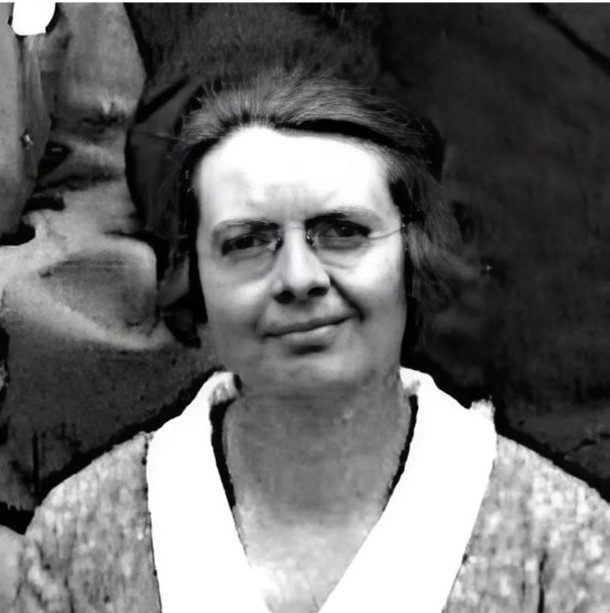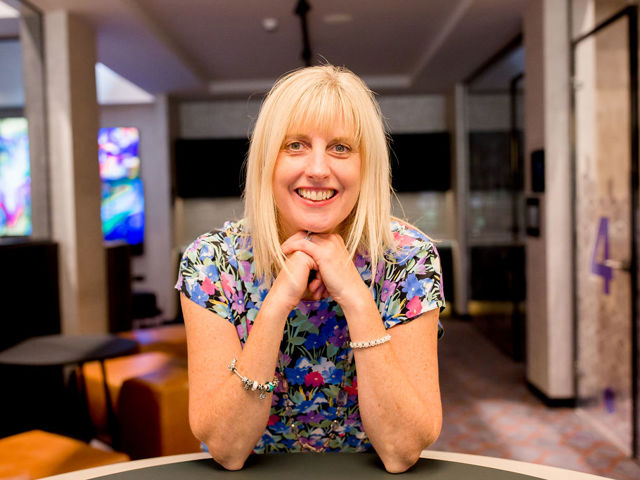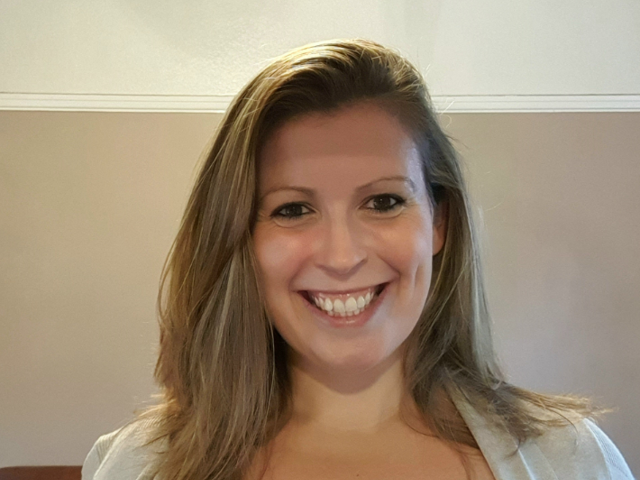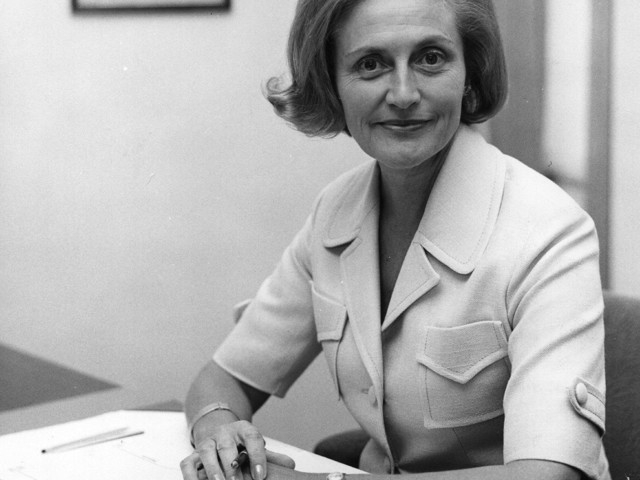Mary Taylor Slow
Mathematician and Theoretical Physicist
Class of 1916
Mary Taylor Slow was born in Sheffield on 15 July 1898.
She attended Sheffield High School until 1916 and won a Clothworker's Scholarship to Girton College, Cambridge where she studied both the Mathematical Tripos and the Natural Sciences Tripos. She was awarded her BA in 1919 and completed her undergraduate studies in 1920.
Mary continued to study at Girton College and was awarded a research fellowship. In 1922 she was appointed as an assistant lecturer in mathematics, a post she held for two years. At this time, she became interested in the theory of radio waves and began research on the topic under the direction of Edward Appleton, who was working at the Cavendish Laboratory. Appleton won the Nobel Prize in 1947 for his research into the ionosphere, part of the earth's upper atmosphere.
In 1924, when Appleton left Cambridge for King's College, University of London, Mary left Girton College and went to Göttingen in Germany where she continued to study aspects of electromagnetic waves. She was awarded her PhD by the University of Göttingen in 1926 and was awarded a Yarrow Research Fellowship which enabled her to remain at Göttingen undertaking research. Mary returned to England in 1929 and was appointed as a Scientific Officer at the Radio Research Station in Slough, part of the government Department of Scientific and Industrial Research and of the National Physical Laboratory. There she carried out research on her specialist topics of the magneto-ionic theory of radio wave propagation and also in differential equations, particularly their applications to physics.
During this period she published two academic papers both on aspects of the Appleton-Hartree Equation. Appleton commented:
"I do not think it is possible to over-estimate the usefulness of Dr Taylor's elucidation of the magneto-ionic formula to experimental workers in this field. All experimental workers in the field of ionospheric investigations will welcome her exhaustive representation of illustrative magneto-ionic dispersion curves."
In 1934 Mary married Ernest Clive Slow, who was awarded an O.B.E in 1964. As a result of Civil Service rules which were in force at that time, Mary had to leave her position at the Radio Research Station. Contemporaries commentated that this meant "The Scientific Civil Service lost one of its most outstanding mathematicians."
Mary and Clive had two daughters and moved to Malvern. She worked for The Wireless Engineer as an abstractor and translator and then taught mathematics in local schools. She was a member of the London Mathematical Society and the Cambridge Philosophical Society. Mary died in Malvern on 26 May 1984.





